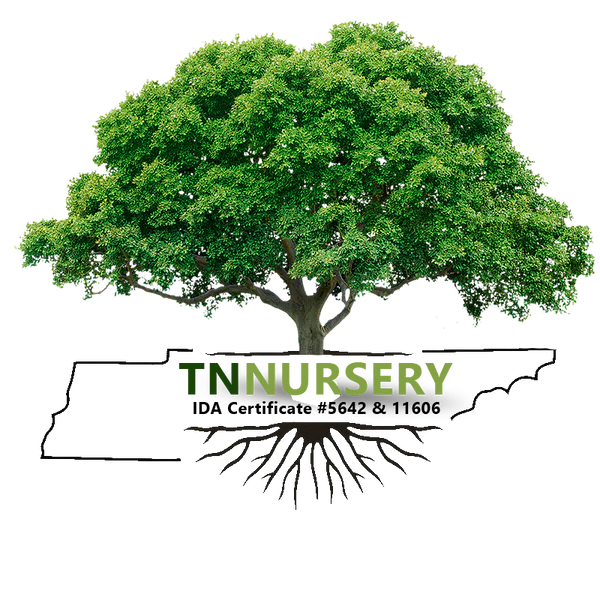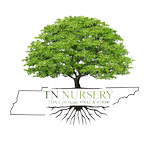When you live in an area that experiences frozen ground soil, high winds, and below- freezing temperatures, growing perennials is constantly a bit of a challenge. Unfortunately, you can not plant just any flower you please, but that does not mean there is not a wide variety of intriguing and various options to choose from for your geography. The pool of hardy perennials is actually relatively vast.
Doing an internet hunt of hardy perennials generally brings up the same tired lists of flowers and shrubs. This is an injustice to the variety that's available and possible. It's time to look past the hostas, daisies, peonies, and hydrangeas and explore all the other implausible shops that are staying to light up your geography.
What Makes A perennial Hardy?
Hardy perennials will survive nipping temperatures and firmed grounds for a minimum of 3- 4 times. Hardy perennials also do well in the sun, occasionally indeed full sun, depending on the climate.
To be classified as hardy, shops need to grow well in hardiness zone 3 and over. To find the stylish hardy shops for your climate, start with native perennials. After all, these shops have fought to survive in your area and are obviously successful. When we look for the stylish hardy shops for the theater and geography, we always look original first.
10 Hardy perennials
These are easy to grow, low- conservation and beautiful!
Perennials are the backbone of any theater. They're planted formerly, and if all goes well, they give times of joy. Perennials are the perfect way to add height, herbage, texture, and color to any empty spot around your house.
Daffodils:
Daffodils do best in full sun but tolerate light shade.
Daffodils are perennial plants that grow from brown, onion- shaped bulbs. About 30 species live, with numerous species and hundreds of cultivated kinds. The flowers are composed of the mug or nimbus and the girding petals or perianth, which are fused into a tube at the base.
Daffodils have been cultivated for hundreds of times, and some kinds have been pets with gardeners for nearly that long. The tried- and-true pets are generally among the hardest of daffodils.Despite serious safety enterprises, people take daffodils for whooping cough, snap, and asthma. They also take it to beget vomiting. Some people apply a piece of cloth spread with a daffodil bulb medication( cataplasm) to the skin to treat injuries, becks , strains, and common pain.
Shasta Daisy:
Full sun is preferred.
Shasta daisies are as a slice flower, and for filling in bare spots in your theater. I recommend ‘ Becky ’ because it has strong stems, and blooms for several weeks. They've a tendency to multiply and move around due tore-seeding. Just dig them up in the spring, and plump them back where they belong. They pair beautifully in a cut arrangement with hosta, hydrangeas, or phlox.
They're an excellent choice for perennial borders, cutting auditoriums , or naturalizing meadows. Plant them in small groups for better visual impact. Robust, low conservation, and largely complaint-free, they're also failure-tolerant and deer resistant.
Siberian iris:
Siberian irises perform stylishly in wettish, well- drained, rich soils. Still, they will tolerate poor, dry spots. They can be grown in partial shade to full sun.
Siberian irises are generally planted in spring or late summer.The flowers of Siberian irises are lower and further delicate than those of the beardedirises.They're available in tones of blue, grandiloquent, wine-red, pink, white, and unheroic. Their flowers are borne atop altitudinous stems in late May or June.
Hummingbirds gather quenchers from the flowers of Siberian iris, acting as pollinators as they visit each flower. Humans and beasts shouldn't consume iris as the rhizomes and rootstocks contain iridin, a resinous glycosidic emulsion that's toxic. Iris are generally deer- resistant in the geography.
Black-eyed Susan:
Full sun is preferred. Black-eyed susan also called the rudbeckia.
Rudbeckia is a factory rubric in the Asteraceae or compound family.Black-eyed Susan flowers feature a prominent, raised central slice in black, brown tones of green, and in- between tones, giving rise to their familiar common names of coneflowers and black-eye Susan.
Black-eyed Susan is an easy to grow North American wildflower that is excellent for attracting butterflies, notions, and other pollinating insects. A late- summer bloomer, black- eyed Susan is invaluable for adding lots of bright color to late- summer and afterlife auditoriums . It's also an awful cut flower.
Yellow coneflower:
Factory yellow coneflower in full sun in ordinary yard soil.
Formerly established, it's failure-tolerant and requires little maintenance.This species blooms in early summer. It produces large single blossoms, each 6 or further across. The drooping bright yellow to yellow- orange shaft flowers compass a chocolate brown wooly center on the ends of altitudinous, rangy stems. Blooms are unexpectedly ambrosial and make good cut flowers. Butterflies, notions and other insects affect the flowers when in bloom and small seed- eating catcalls, similar to goldfinches, feed on the seeds in the fall.Yellow coneflower is propagated from seed or division. Seed germination is better by cold wettish position.
Virginia bluebells:
Virginia bluebells do well in part to full shade and in rich, neutral, well draining, wettish, earthy soil.
They naturally do in forestland and swash floodplains, so mimic these territories for the happiest shops! They will do forfeiture in average soils as long as they're kept wettish
A spring deciduous native to eastern North America, Virginia bluebells are perennials with blue, bell- shaped flowers that open over bright green leafage in medial spring. unfolding for about three weeks, Virginia bluebells, also called eastern bluebells and Virginia cowslip, bloom at the same time as utmost flowering bulbs.
The flowers of Virginia bluebells are visited by numerous pollinators. But due to the channel shaped flowers the long- tongued notions are the primary pollinators. Butterflies are another pollinator because they can fluently perch on the edges of the flower
Lavender tulip:
Lavender plants thrive in full sun and aren't veritably happy in the shade. They need at least 6 hours of direct sun per day, immaculately 8- 10 hours during the growing season.
Lavender tulips are a must- have factory for a pleasurable display, and lavender tulips are amongst the most seductive kinds. Striking and elegant, with a refined color palette that is a break from the norm, lavender tulips are a dependence of the spring theater .
The flowers can be used to replace onions in numerous fashions and are indeed used to make wine. The Netherlands are the largest patron and exporter of tulips worldwide, growing and exporting nearly three billion bulbs each time.
Dianthus:
At least 6 hours of sun.
Dianthus is generally used to symbolize passions of love, affection, gratefulness and admiration.
The factory’s epithet means bearded, and sources believe that this name refers to the beard- suchlike growth set up at each flower’s center. This growth, still, is most frequently the factory’s stamen
Select straight stems that have between ten to thirty percent of its flowers open and good- multicolored leafage that's free of damage or complaint. For potted shops, select stems with many open flowers because they generally don't last well
Butterfly Weed:
Butterfly Weed needs full sun to thrive. Butterfly weed needs full sun to bloom. Although it prefers flaxen soil, butterfly weed grows in nearly any type of soil, including clay or complexion, as long as it's well- drained. It's veritably failure tolerant, formerly established.
Butterfly Weed is a long- lived herbaceous imperishable in the milkweed family
This bushy imperishable plant is prized for its large, flat- outgunned clusters of bright- orange flowers. The leaves are substantially alternate,11/2-21/4 elevation long, refocused, and smooth on the edge. The unheroic- orange to bright orange flower clusters, 2- 5 elevation across, are at the top of the unfolding stem. The cornucopia of stiff, shaft- shaped leafage provides a dark-green background for the grabby flower heads.
This grabby factory is constantly grown from seed in home auditoriums . It's brilliant flowers attract butterflies.
uses of butterfly weed were as an expectorant, cathartic, or alcohol, and for treating stomach problems, syphilis, worms, and obstinate blisters
Phlox :
Full to partial sun.
Phlox paniculata is a species of unfolding garden in the phlox family( Polemoniaceae). It's native to the corridor of the eastern and central United States. It's considerably cultivated in temperate regions as a cosmetic factory and has come established in the wild in scattered locales in other regions.Common names include fall phlox, garden phlox, perennial phlox, summer phlox and panicled phlox.
This is used to treat stomach and intestinal problems similar to pangs and indigestion.
Dried phlox leaves are used as a tea to purify blood and treat skin conditions similar as eczema


